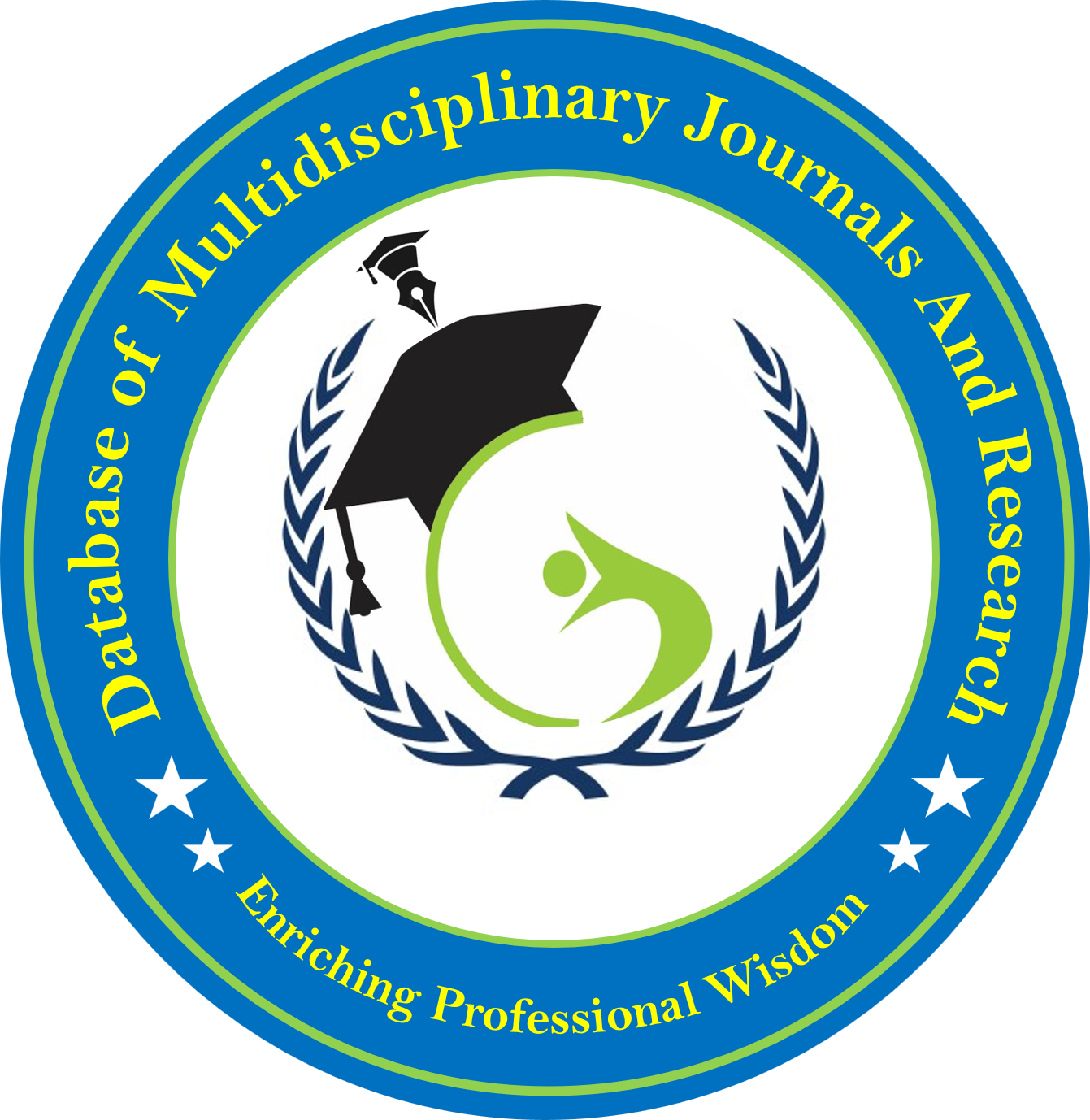Article Author: Dr. In Fan-Yu
In Taiwan, most English writing classes have been taught in EFL settings in many universities for decades. Research on English writing classes has been conducted in various directions. However, the use of signal words in undergraduates’ compositions has not yet investigated on the basis of signal word categories for different types of essays. In this study, pluralistic approaches to teaching writing in English language were applied. The purpose of this study was to propose an English writing course structure in which English-only lectures were delivered and three categories of signal words that show (1) cause and effect, (2) comparison, and (3) contrast were introduced to English majors studying in the extension school of a private university in Taiwan. It explored how well they understood how to properly use signal words when writing for these three situations: (1) cause and effect, (2) comparison, and (3) contrast. Participants included native Chinese undergraduates in year three, taking English writing classes. They were at A2-B1 levels within the CEFR. The study was conducted with one group of 28 participants taking a pre-test and a post-test. The number of the occurrence of the three variables2 was calculated by a paired sample t-test in SPSS. The occurrence of the three categories of signal words in the participants’ compositions reveals how well they understand the use of these signal words taught in class. The results indicated a significant difference between the participants’ pre-test and post-test results, implying that the participants had learned to use signal words properly to enhance the transition within their essays.
Keywords: English Writing; Signal Words; Class Design; Pluralistic Approaches; T-Test
Article Review Status: Published
Pages: 1 - 11




